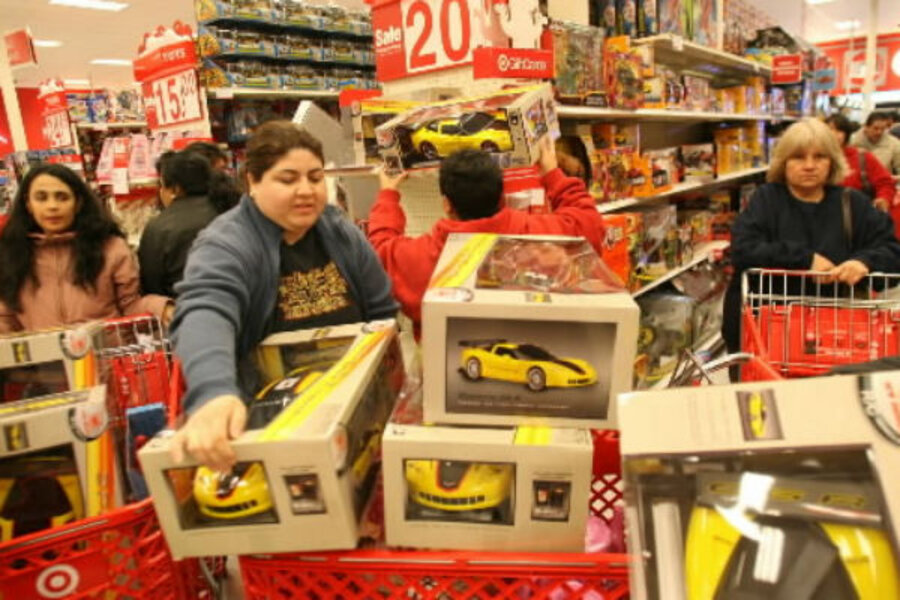Toy proliferation: Toy box cleanout and toy rotation are due
Loading...
Watching the toys pouring in for my grandson has made me think about our grossly material world and how important it seems to parents that their children have everything the culture provides. Coinciding with this—granted I have not done a study on the connection—seems to be an epidemic of bored kids who want nothing more than to be interfacing with a screen of some kind.
I wonder if, because children have so much to play with from a very early age, they switch quickly and mindlessly from one toy to another, get bored easily and then demand more. What if a young child had two toys? I imagine that child would use those toys in many ways that the child with lots of toys would not. What happens to imagination when toys and games fill in all the details? Do you want your child thinking about ways she can dress her doll from found things around the house, perhaps learning to sew, or do you want the doll that comes with complete wardrobe and accessories? Can your child imagine what he can turn a cardboard box into or does he need the plastic forms sold in the toy store to make that fort?
When there are tons of toys in a toy box, the tendency is to get into them by throwing them one at a time until the box is emptied and then looking around for what else can be done. When lots are on the floor, the child is likely to move quickly from one to another without really paying much attention to any one toy. When there are one or two out, the child will focus more on those one or two.
Toy rotation is one way of handling the situation. Keep only a few out at a time. This works especially well for very young children who will tend to forget about ones not in view. Wait until you see your child exhaust possibilities and switch the rotation. Who knows, as your child grows, he may learn to appreciate the rotation plan and not demand that he have access to all.
The other issue is the buying. I think that in this case, poor families have the advantage. There is no question about whether a desired toy can be purchased or not. Children must make do. When we have the resources and the family members with resources, everyone wants to get the latest for the child until the time comes when the parent sees the fallout. Screaming when they can’t have what they ask for, demanding what “everyone in my class” has, “needing” the latest and greatest.
Related: Are you a Helicopter Parent? Take our quiz to find out!
Try to buck the tide. Provide wooden spoons, boxes, crinkly paper, drawing supplies, cushions, etc. and see what happens. Give family members a wish list for birthdays and holidays and ask them not to do more. Trade with other parents whose children have finished with certain toys (with your child’s knowledge and permission). Spend time talking about various things a toy could be used for. When your child asks for a particular toy, see if you can encourage him to make it with found objects. Stimulate your child’s imagination first and see where it leads.
The Christian Science Monitor has assembled a diverse group of the best family and parenting bloggers out there. Our contributing and guest bloggers are not employed or directed by the Monitor, and the views expressed are the bloggers' own, as is responsibility for the content of their blogs. Bonnie Harris blogs at Connective Parenting.






